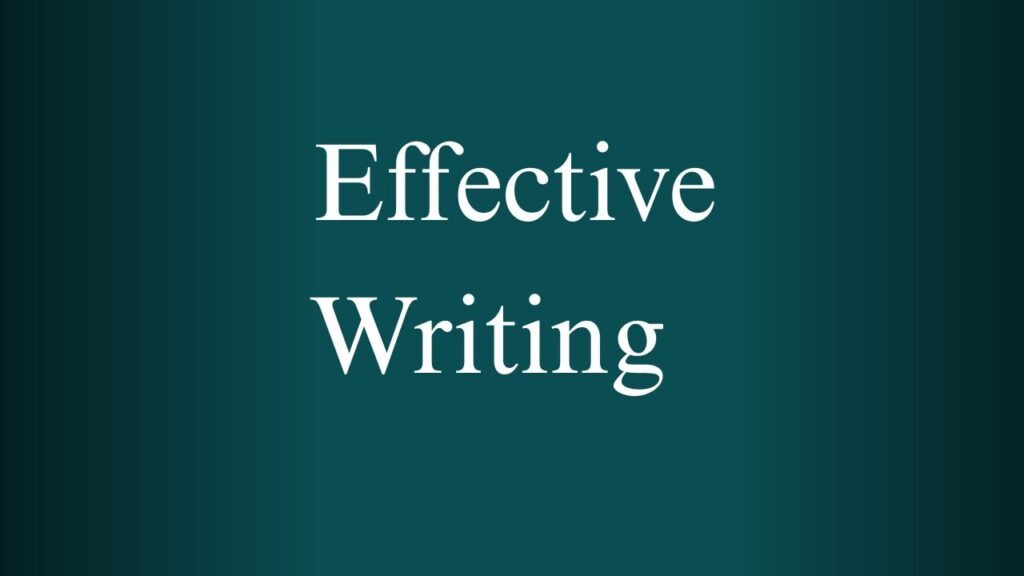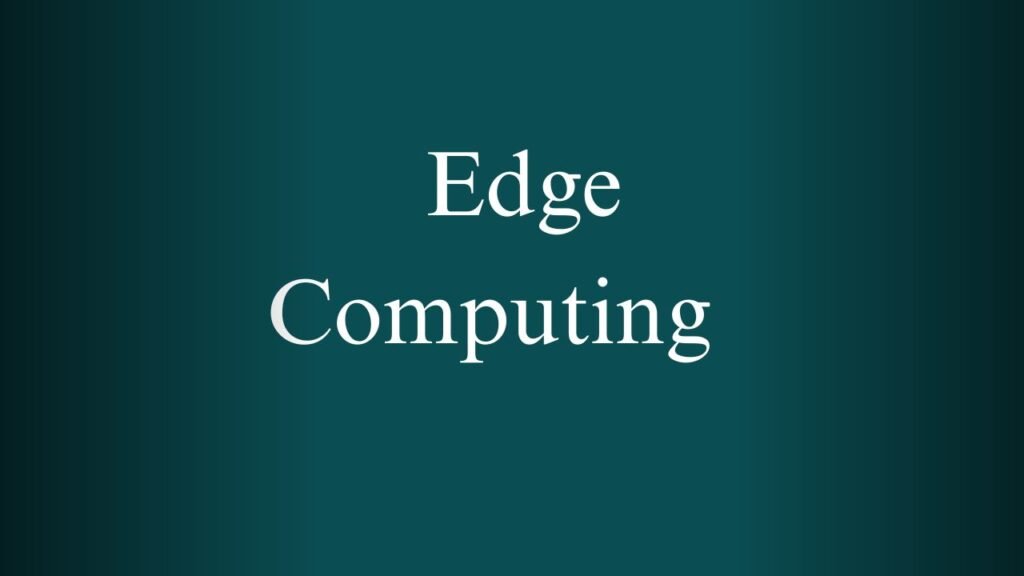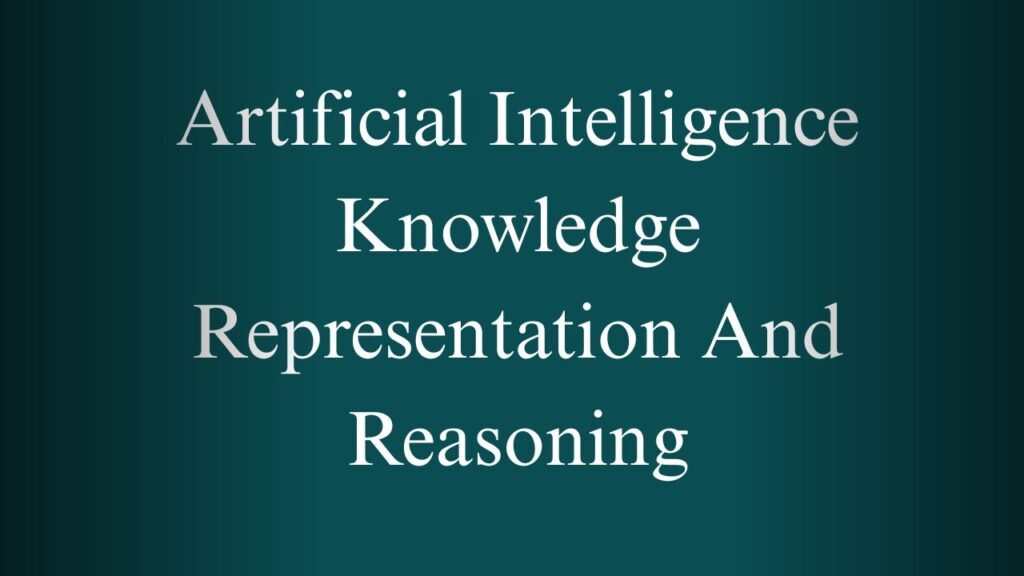NPTEL Introduction to Database Systems Week 1 And 2 Assignment Answers 2025
1. Which of the following statements is incorrect regarding databases?
- a. It captures information about a real-world enterprise or part of an enterprise.
- b. It is maintained to serve specific data management needs of an enterprise.
- c. Activities of the enterprise are supported by the database and continually update the database.
- d. It is difficult to access the data stored in a database. Complex queries have to be written to get even simple data.
Answer: d
Explanation: Modern databases offer user-friendly query languages (like SQL) and interfaces that make accessing even complex data relatively easy.
2. Which of the following statements is incorrect regarding functionalities of databases?
- a. Allows for a standard method of data retrieval through queries.
- b. Queries are returned efficiently.
- c. Doesn’t have facilities to provide data backup. In case of a failure, all data is lost.
- d. Allows for a large number of concurrent users with minimal drop-off in performance
Answer: c
Explanation: Databases do offer backup and recovery mechanisms to prevent data loss, making this statement incorrect.
3. Which of the following statements best describes a Physical Data Model?
- a. It is a high-level description of informational needs underlying the design of a database
- b. It is used to represent only the logical part of the database
- c. It is a data model explaining the schema of the database
- d. It is a description of the database giving details about record formats, file structures etc.
Answer: d
Explanation: Physical data models describe how data is stored in the computer system, including file structures and indexing.
4. Which of the following is true about an ER model?
- a. It consists of the various tables and links among them in the domain being modeled along with operations to be performed on data.
- b. It consists of the various tables and links among them in the domain being modeled.
- c. It consists of the various entity types of interest and the relationships among them in the domain being modeled.
- d. It consists of the various entity types of interest and the relationships among them in the domain being modeled along with operations to be performed on data.
Answer: c
Explanation: ER (Entity-Relationship) models are used to represent entity types and the relationships between them.
5. Matching Sets M and F:
M =
p: Recovery Manager
q: Transaction Manager
r: Buffer Manager
s: RDBMS Run-time System
F =
w: Transaction Error Handling
x: Concurrency Control
y: Query Execution
z: Paging
- a. p — w; q — x; r — z; s — y
- b. p — z; q — w; r — y; s — x
- c. p — w; q — z; r — x; s — y
- d. p — z; q — w; r — z; s — y
Answer: a
Explanation: This option correctly matches components to their core functions.
6. Which of the following best describes the conventional role of a Data Analyst?
- a. Person who uses embedded SQL in a high-level language and develops programs to handle functional requirements of an information system.
- b. Person who designs the logical scheme of a database system.
- c. Person who uses SQL to generate answers for complex queries.
- d. Person who monitors usage and creates necessary index structures to speed up query execution.
Answer: c
Explanation: A Data Analyst typically uses SQL and other tools to generate insights from data, not design schemas or indexes.
7. Choose the correct statement combination:
S1: A view usually provides access to a part of the data relevant to a group of users.
S2: A view usually provides access to the complete database.
S3: Naive users require a deep understanding of an information system to use it.
S4: Naive users do not require a deep understanding of an information system to use it.
- a. S1 and S3 are TRUE
- b. S1 and S4 are TRUE
- c. S2 and S3 are TRUE
- d. S2 and S4 are TRUE
Answer: b
Explanation: Views are often created to restrict access to parts of the database, and naive users operate via forms or simple interfaces.
8. The ability to modify physical-level schema without affecting the logical/view-level schema is called:
- a. Logical Data Independence
- b. View Data Independence
- c. Physical Data Independence
- d. Application Data Independence
Answer: c
Explanation: Physical data independence allows changes in physical storage without affecting higher levels.
9. Requirements collection is the first step while creating a database system.
- a. True
- b. False
Answer: a
Explanation: Requirement analysis is essential to understand what data the database must store and how it will be used.
10. Application programmers don’t need a complete understanding of the database schema or views.
- a. True
- b. False
Answer: b
Explanation: While full schema knowledge might not be required, understanding relevant views and schemas is necessary for effective development.
11. Indexes are added to databases to speed up query execution.
- a. True
- b. False
Answer: a
Explanation: Indexes improve query performance by allowing faster data retrieval.
12. OS file systems have the advantage of allowing concurrent users, while compared to a RDBMS system.
- a. True
- b. False
Answer: b
Explanation: RDBMS systems are specifically designed to handle concurrency effectively, unlike basic OS file systems.
13. Which of the following are generally stored in the disk storage of an RDBMS system?
- a. View Definitions
- b. Index Structures
- c. Database Log
- d. User cookies
Answer: a, b, c
Explanation: View definitions, index structures, and logs are part of the database system. Cookies are typically stored on the client side or browser.
NPTEL Introduction to Database Systems Week 2 Assignment Answers
1. While creating an ER diagram, Arjun is confused as to what shape he must choose to represent the attribute “Hobby” of the Person entity type. Arjun understands that a person may have many hobbies. Which of the shapes should he choose?
- a. Ellipse
- b. Double Ellipse ✅
- c. Ellipse connected to an Ellipse
- d. Dotted-line Ellipse
Explanation:
A double ellipse is used in ER diagrams to represent multi-valued attributes, such as “Hobby,” where an entity can have multiple values.
2. Suppose R is a relationship type with two participating entity types E1 and E2. The number of entities in E1 and E2 are 2 and 4, respectively. How many different non-empty relationship sets are possible in this case?
- a. 255 ✅
- b. 8
- c. 2256
- d. 256
Explanation:
Each pair (E1 × E2) = 2×4 = 8 possible relationships.
Total number of non-empty subsets = 2⁸ − 1 = 255.
3. Suppose X is a composite attribute of an entity type and has three components – C1, C2 and C3, where C1 and C2 are multi-valued. If domain sets of C1, C2 and C3 have 2, 3, and 5 elements respectively, what is the size of the domain of X?
- a. 30
- b. 160 ✅
- c. 32
- d. 128
Explanation:
C1 has 2 values → 2²=4 subsets
C2 has 3 values → 2³=8 subsets
C3 has 5 values (single-valued)
Domain size = 4 × 8 × 5 = 160
4. Suppose worksAt is a relationship type with two participating entity types Person and Organisation. What is the appropriate cardinality ratio for Person:Organization?
- a. 1:N
- b. N:1 ✅
- c. M:N
- d. 1:1
Explanation:
Each person works at one organization, but one organization may have many people → Many-to-One (N:1).
5. In the company XYZ, employees are given freedom to choose up to 3 projects to work on. Usually, a team of 4-5 people work on a given project. What is the appropriate cardinality ratio for Employee:Project?
- a. 1:N
- b. N:1
- c. M:N ✅
- d. 1:1
Explanation:
Each employee can work on multiple projects, and each project can have multiple employees → Many-to-Many (M:N).
✅ Correction: The given answer was b, but the correct answer is c.
6. In a binary relationship ExistsIn between entity types City and State, which cardinality is correct?
- a. (u,v) = (1,1); (x,y) = (0,N)
- b. (u,v) = (1,N); (x,y) = (1,1)
- c. (u,v) = (1,1); (x,y) = (1,N) ✅
- d. (u,v) = (1,N); (x,y) = (0,N)
Explanation:
Every city belongs to exactly one state → (1,1)
Every state can have many cities → (1,N)
7. The value of a composite attribute depends on the value of some other attribute.
- a. True
- b. False ✅
Explanation:
Composite attributes are made up of components but are not dependent on other attributes; they are independent parts of the entity.
8. The domain of a multi-valued attribute is the set of subsets of the set consisting of basic values.
- a. True ✅
- b. False
Explanation:
A multi-valued attribute can have any subset of possible values, so its domain is the power set (excluding empty if not allowed).
9. In many-to-one binary relationships between two entities E1 and E2, an E2 entity may be associated with many E1 entities whereas an E1 entity may be associated with at most one E2 entity.
- a. True ✅
- b. False
Explanation:
That is the definition of a many-to-one relationship.
10. An entity set relating to itself gives rise to a recursive relationship
- a. True ✅
- b. False
Explanation:
If an entity (e.g., Employee) relates to itself (e.g., manages another Employee), it’s called a recursive relationship.
11. Suppose entity set A = {a,b,c,d,e} and entity set B = {w,x,y,z}. They participate in a binary relationship R = { (a,w), (a,z), (b,w), (c,x), (d,x), (e,y) }. Which one is correct?
- a. Cardinality ratio A:B is many-to-one; A participates partially; B participates completely.
- b. Cardinality ratio A:B is one-to-many; A participates completely; B participates completely.
- c. Cardinality ratio A:B is many-to-one; A participates completely; B participates partially.
- d. Cardinality ratio A:B is many-to-many; A participates completely; B participates completely. ✅
Explanation:
Each A maps to multiple Bs and vice versa. All entities from both sets participate → many-to-many and complete participation.
12. Choose the correct statement:
- a. A weak entity can exist even if it is not related to any other entity.
- b. Relationship types can have attributes. ✅
- c. A weak entity type cannot be the owner of another weak entity type.
- d. Weak entity set has to have a key attribute.
Explanation:
Relationships can have their own attributes, such as date, role, etc.
13. Which of the following is true with respect to ER model design choices:
- a. Weak entities are preferred over composite multi-valued attributes in every single case
- b. Composite multi-valued attributes are preferred over weak entities in every single case
- c. If a thing, not of independent existence, participates in a relationship, it is better to model it as a weak entity ✅
- d. If a thing, not of independent existence, participates in a relationship, it is better to model it as a composite multi-valued attribute
Explanation:
When something cannot exist independently, and its existence depends on another entity, it’s better to model it as a weak entity.



